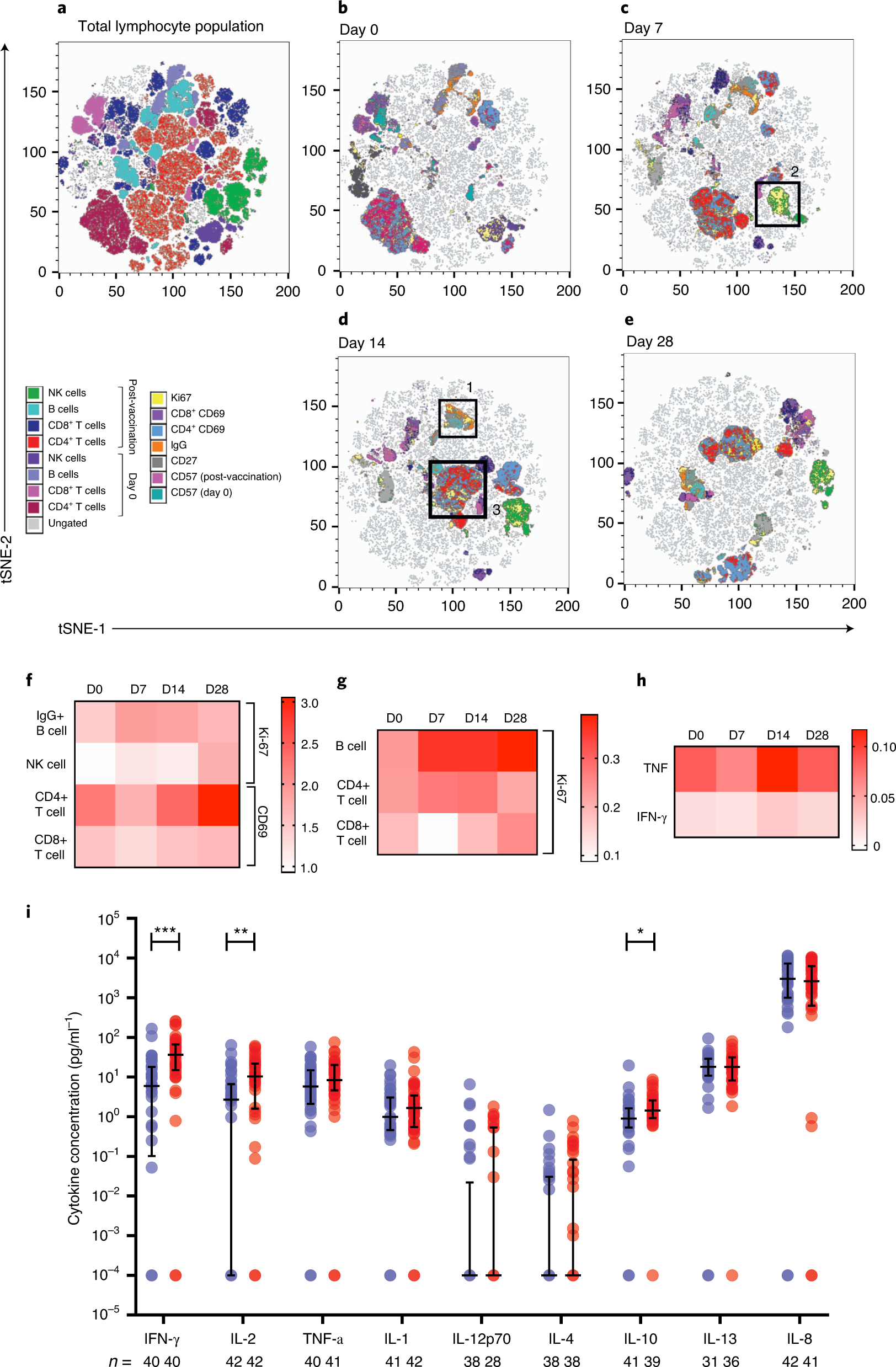

Macrovascular: coronary heart disease, cerebrovascular disease, and peripheral artery disease Microvascular: retinopathy, nephropathy, and neuropathy (sensory, including history of foot lesions autonomic, including sexual dysfunction and gastroparesis) History of diabetes-related complications Whether or not patient has glucagon available and someone to administer it Results of glucose monitoring, including SMBG and CGM and patient’s use of dataĪny severe hypoglycemia: frequency and cause

Use of insulin, insulin pumps, carbohydrate ratios, and corrections knowledge of sick-day rules ketone testing pump troubleshooting (if applicable) Review of previous insulin treatment regimens and response to therapy (A1C records), treatment preferences, and prior difficulty with therapiesĬurrent treatment of diabetes, including medications and medication adherence, meal plan, physical activity patterns, and readiness for behavior change Whether or not patient wears medical alert identificationĭiabetes education history health literacy assessment Preventing and intervening with diabetes-related family conflictĪge and characteristics of onset of diabetes (e.g., DKA, asymptomatic laboratory finding)Įating patterns, physical activity habits, nutritional status, and weight history Supporting the transition to independence Starting an ongoing discussion of transition to a new diabetes team (discussion may begin in earlier adolescent years) Monitoring for signs of depression, eating disorders, and risky behaviorsĮstablishing a sense of identity after high school (decisions about location, social issues, work, and education) Preventing and intervening in diabetes-related family conflict Learning coping skills to enhance ability to self-manage Renegotiating parent and teenager’s roles in diabetes management to be acceptable to bothĭeveloping a strong sense of self-identityĭiabetes management and blood glucose control becoming more difficult Increasing insulin requirements during puberty Maintaining parental involvement in insulin and blood glucose management tasks while allowing for independent self-care for special occasionsĬonsolidating self-esteem with respect to the peer groupĬhild learning short- and long-term benefits of optimal controlĬontinuing to educate school and other caregivers Making diabetes regimen flexible to allow for participation in school or peer activities Trusting other caregivers with diabetes managementĭeveloping skills in athletic, cognitive, artistic, and social areas Positively reinforcing cooperation with regimen Reassuring child that diabetes is no one’s faultĬoping with unpredictable appetite and activityĮducating other caregivers about diabetes management Preschooler and early elementary school (3–7 years)ĭeveloping initiative in activities and confidence in self Limit-setting and coping with toddler’s lack of cooperation with regimen Sharing the burden of care to avoid parent burnoutĭeveloping a sense of mastery and autonomyĪvoiding extreme fluctuations in blood glucose levels due to irregular food intake Pancreatic Autoantibodiesįamily issues in type 1 diabetes managementĭeveloping a trusting relationship or bond with primary caregiver(s)Īvoiding extreme fluctuations in blood glucose levels If hyperglycemia persists after treatment with noninsulin agents, which is unusual in the treatment of newly diagnosed type 2 diabetes, then type 1 diabetes should be considered. Thus, although leaner individuals are more likely to be diagnosed as having type 1 diabetes, the potential for type 1 diabetes exists in those who phenotypically appear to have type 2 diabetes. In young patients aged 10–17 years with phenotypic type 2 diabetes, 10% have evidence of islet autoimmunity suggesting that type 1 diabetes was the likely diagnosis ( 9). Obesity does not preclude that autoimmunity and hyperglycemia will occur even amid the relatively higher levels of endogenous insulin secretion observed in obesity. An overweight individual (of any age) with metabolic syndrome and a strong family history of type 2 diabetes may be assessed only for the development of type 2 diabetes, even though type 1 diabetes is on the differential diagnosis. A lean individual presenting with clinical symptoms without a first-degree relative with diabetes (but often with a history of distant relatives with type 1 diabetes or other autoimmune disease) is generally suggestive of type 1 diabetes. Much of the diagnosis will depend on clinical clues, but the rising incidence of overweight/obesity has also confounded the diagnosis of type 1 diabetes.


 0 kommentar(er)
0 kommentar(er)
